AP1 Sketch Book September
- faekilburnwebsite
- Apr 29, 2020
- 3 min read
Ideas
Copper engraving & inking
I tried copper engraving, experimenting with different tools and inks.
I found working on the Copper’s polished surface challenging, for me there was hardly any contrast between the surface and the engraved line, so I dulled my copper, this provided a slight contrast
and it became less of a strain to work with. After each proof print I engraved back into the plate, this gave me the opportunity to see what marks each tool made.
I’ve been looking at the work of Durer and I now admire his work even more after trying this process.
I also like the way artist such as Picasso combined it with other intaglio processes.
I don’t feel this process is for me, I think it’s the first printmaking process I’ve tried that I have not connected with.
Rusty prints
During my residency in Canada last summer I developed an interested in how rusting steel causes concrete cancer and has damaged so many structures. The rust is an intense colour that is visible to me, in an otherwise bland invisible urban world.
Above images Rusty steel , and derelict bridge
I’ve been experimenting with different ways to print with rusty steel and etch in to it.
I tried using an etching press this gave a subtle print, I then tried the nipping press and left it there for 24 hours, I thought I would get intense colour but I got little specks of intense colour.
I love the sheets of rusty steel, each piece has different patterns depending on how much shade it got in my garden,
Try lemon
Salt and acid
Above images rusty steel plates and print
Photography
During week two I decided to take photographs of buildings to understand where my interest in architecture lay.
I found taking photographs made me slow down, observe and enabled me to focus on my relationship with my environment and how I navigate my surroundings. I have a love hate relationship with architecture, so much of it is breathtaking and I’m intrigued by buildings history, but as a disabled person I’m often excluded from them or I have accidents in them.
These images document the barriers I face as a partially sighted person within architecture, the urban environment and the materials these are made of.
Concrete, Perspex, glass and steel kept cropping up, so I’ve decided to try and incorporate these materials in my art, thus taking ownership of the materials that normally take away my independence.
I took some photographs in focus, others are out of focus, to give people an insight into my world.
Above images Documenting my journey
Concrete
It’s cold hard to the touch but can be smooth and absorb the heat of the sun,
It’s used for its strength and offers us protection but can become weakened when Combined with steel.
It’s grey in colour and is a material I struggle to navigate, lamppost etc all blend into this grey material and on a grey winter day there is no definition between the sky and concrete city I live in 'quote Fae Kilburn Tecnical Methods Blog Pg1 2019
Perspex
Is versatile ,Transparent, represents safety for many especially during the current Covid 19 crisis where it’s offering protection for customers and staff. I find it’s translucent quality a hindrance because it’s Invisible to me, in some environments I can sense it’s there but I struggle to navigate around it, hindering my independence and often resulting in injuries.
Rust
Is bright in colour, represents age and decay to many but to me it creates high visual and textural contrast in an otherwise bland grey concrete city.
Sketches
After walking around Birmingham and documenting my journey to and from University I skected out some ideas, and It was all the harsh edges that stuck in my mind.
Above image Drawings from sketch book
Research
I.ve been looking at the work of German painter, printmaker and photographer Gerhard Richter, I felt an instant connection with his blurred images because I view the world through a blurred lens, I was intrigued to know why he blurred his images, did he have poor sight like me? I did further research and found some quotes this is the one I connected with the most.
“I blur things to make everything equally important and equally unimportant. I blur things so that they do not look artistic or craftsmanlike but technological, smooth and perfect. I blur things to make all the parts a closer fit. Perhaps I also blur out the excess of unimportant information.”
Notes, 1964-65 Gerhard Richter: Text. Writings, Interviews and Letters 1961–2007, Thames & Hudson, London, 2009, p. 33
Above image Gerhard Richter work
Being partially sighted I feel I often miss important information but Gerhard Richter’s quote made me feel the opposite, maybe I can use it to my advantage and my site could be my very own filter?


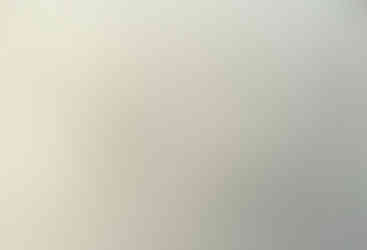




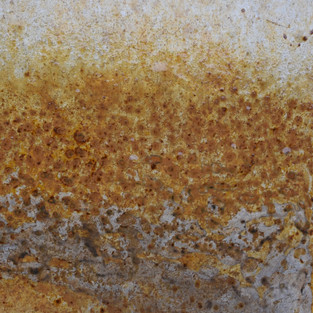

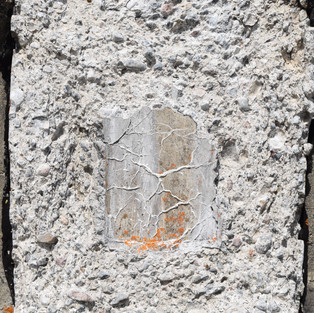

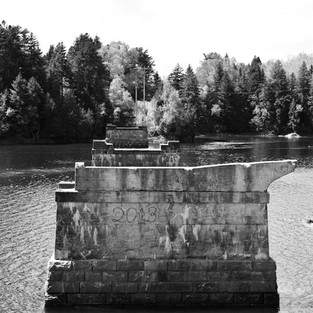









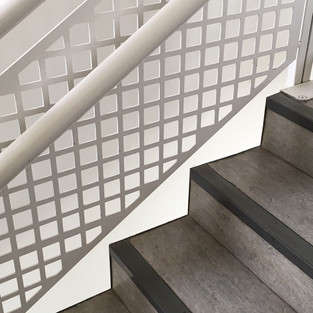
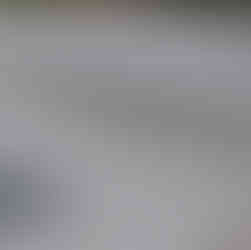


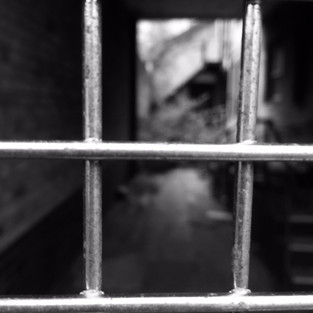



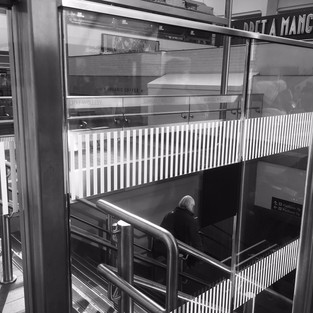








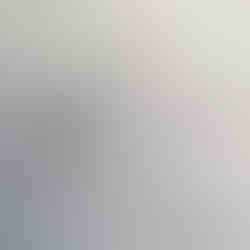










Comments